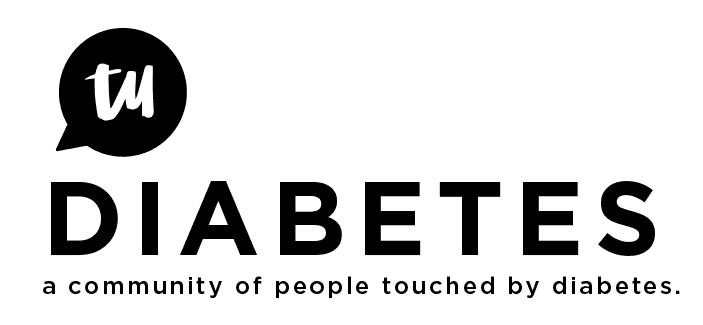I know there is a boatload of discussion on this topic so I'm going to see if I can get some clarification on a couple questions I have.
Background: I've been on MDI for 20 years and in the process right now of getting on a pump. I've just met with 3 of the 4 reps for pumps that are available in Ontario (Minimed Veo, Animas Ping, Accu Chek Combo and I'm meeting Omnipod next week)
My questions are mostly about how people use the pump and imagining how I would use it:
1. Why does everyone (the Animas rep included) seem to downplay the value of a food database? I would have assumed that it would be valuable. I'm just relearning to carb count, so maybe that's it (I did count 20 years ago but now I just eyeball everything and go by gut feel)
2. I'm leaning toward the Ping or the Accu Chek because I believe that the powerful remote is a good thing. Can anyone explain why I might prefer to do things directly on the Minimed pump? Currently, I often just carry my pen when I go out and don't bother testing at those times. Maybe not being forced to carry a remote would be good (by all accounts the accu chek meter is awesome but the pump is a little feature poor)....
3. The Dexcom is currently not available in Canada. I'm a data junkie and CGM really appeals to me, but I hear so much that dexcom is better than minimed and that I should wait either for the Animas vibe (which I could upgrade to if I got the ping (but then lose the remote (see #2)) or wait until a stand alone comes which could then be used with the Spirit Combo (Animas rep said it should be here "soon" which is the only time I've ever heard that a stand alone dexcom is coming to Canada). Is there that big of a difference?
4. My computer runs Linux. All of the software seems to be Windows and sometimes Mac. Any experience here?
Any input on anything above (or that I might be overlooking) would make me happy
Thanks,
Jeremy.
